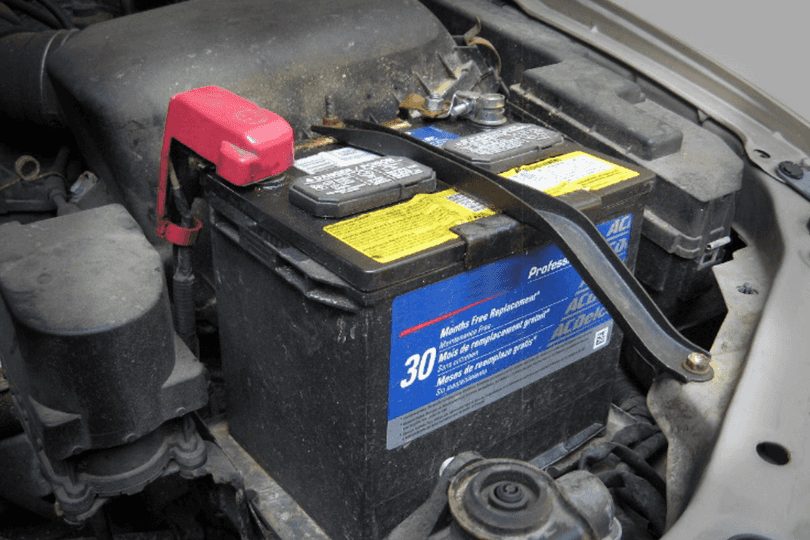In electric vehicles and those with self-driving capabilities, the 12-volt battery has a role in critical safety systems and in reducing emissions.
The old-fashioned 12-volt lead acid battery hasn’t changed much since the mid-1950s. Now it’s getting a makeover to handle a host of new responsibilities in electrified, automated and software-defined vehicles.
In electrified vehicles and those with self-driving capabilities, starting the engine and keeping the lights on are no longer the battery’s only jobs. The 12-volt battery has a direct role in the vehicle’s critical safety systems and in reducing emissions in hybrid vehicles.
“In software-defined vehicles, safety functions become even more relevant,” says Federico Morales-Zimmerman, general manager, global OEM customers, products and engineering at Clarios, the world’s largest 12-volt battery manufacturer. “For instance, with steer by wire, there’s no mechanical connections” between the steering wheel and the front wheels. “A loss of power is not an option,” he added. “You will need to have a redundant system in place to manage the safety of the function.”
That redundant system is the 12-volt battery.
In severe crashes, electric vehicle battery packs automatically disconnect to help prevent fires. But the 12-volt battery remains live. And that’s necessary to help the driver remain in control of the vehicle, he said. Some crashes involve a second collision; in those instances, it’s the 12-volt battery that fires the airbags and powers the door locks and windows.
The 12-volt battery also powers the vehicle’s computers when the car is not in use. That’s needed for features such as over-the-air software updates.
“Multibattery solutions are coming into the vehicle, as we have seen in other industries,” Morales-Zimmerman told Automotive News.


